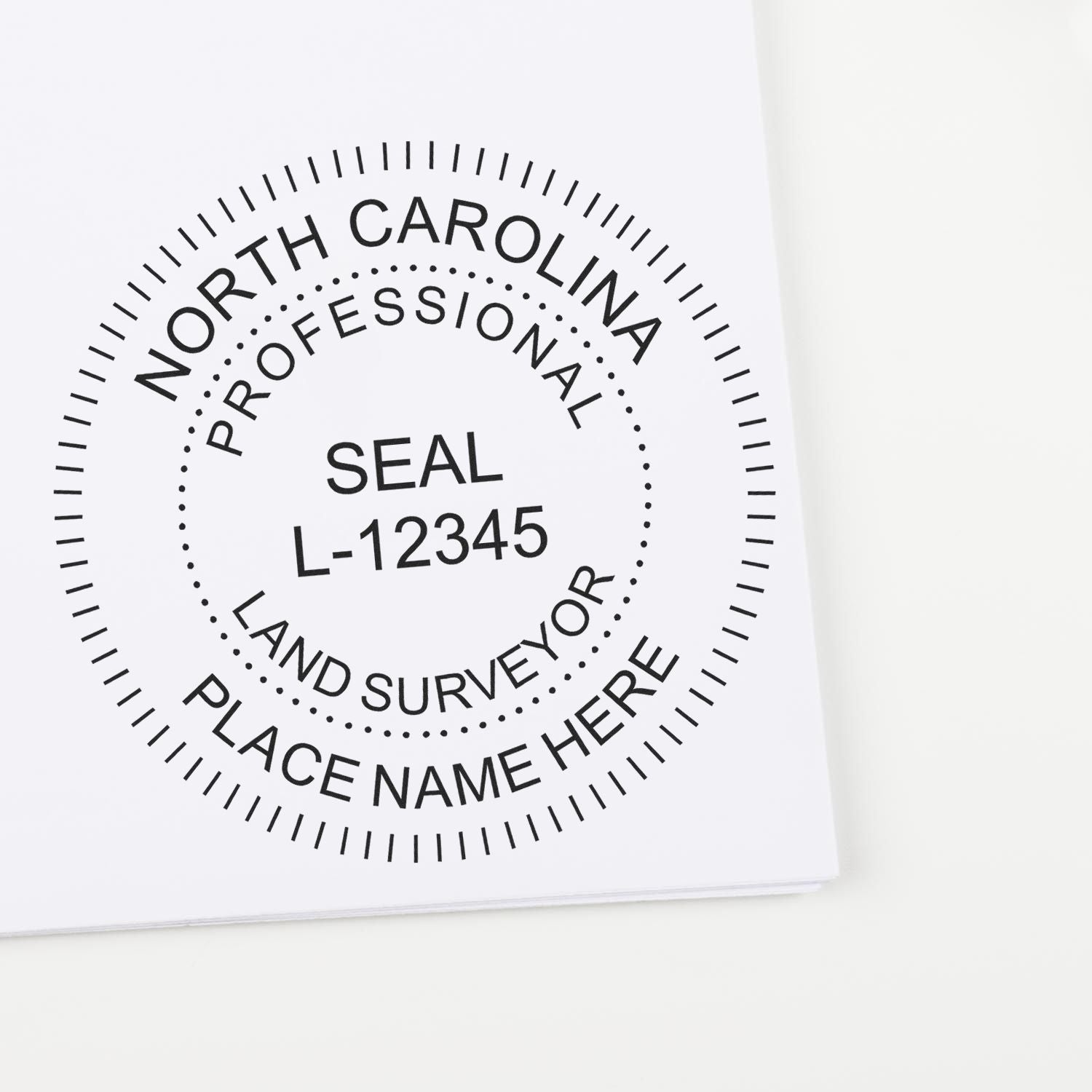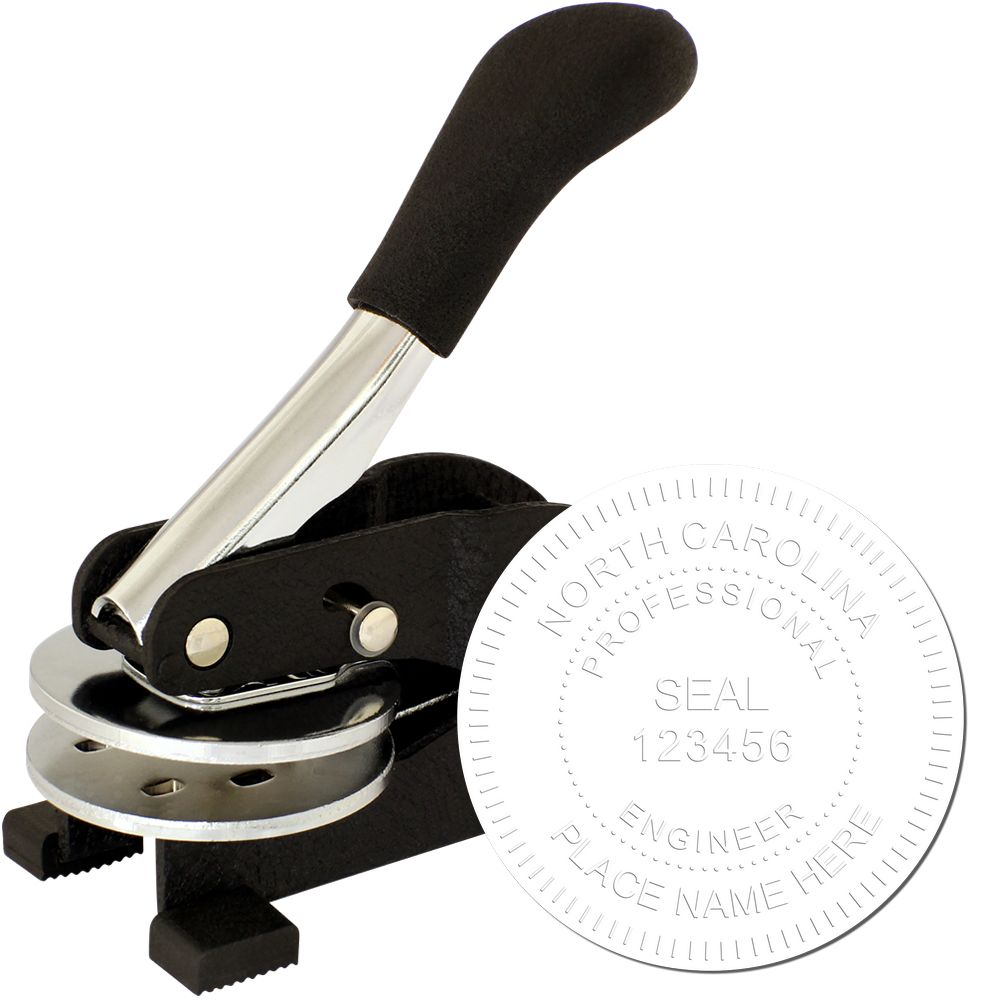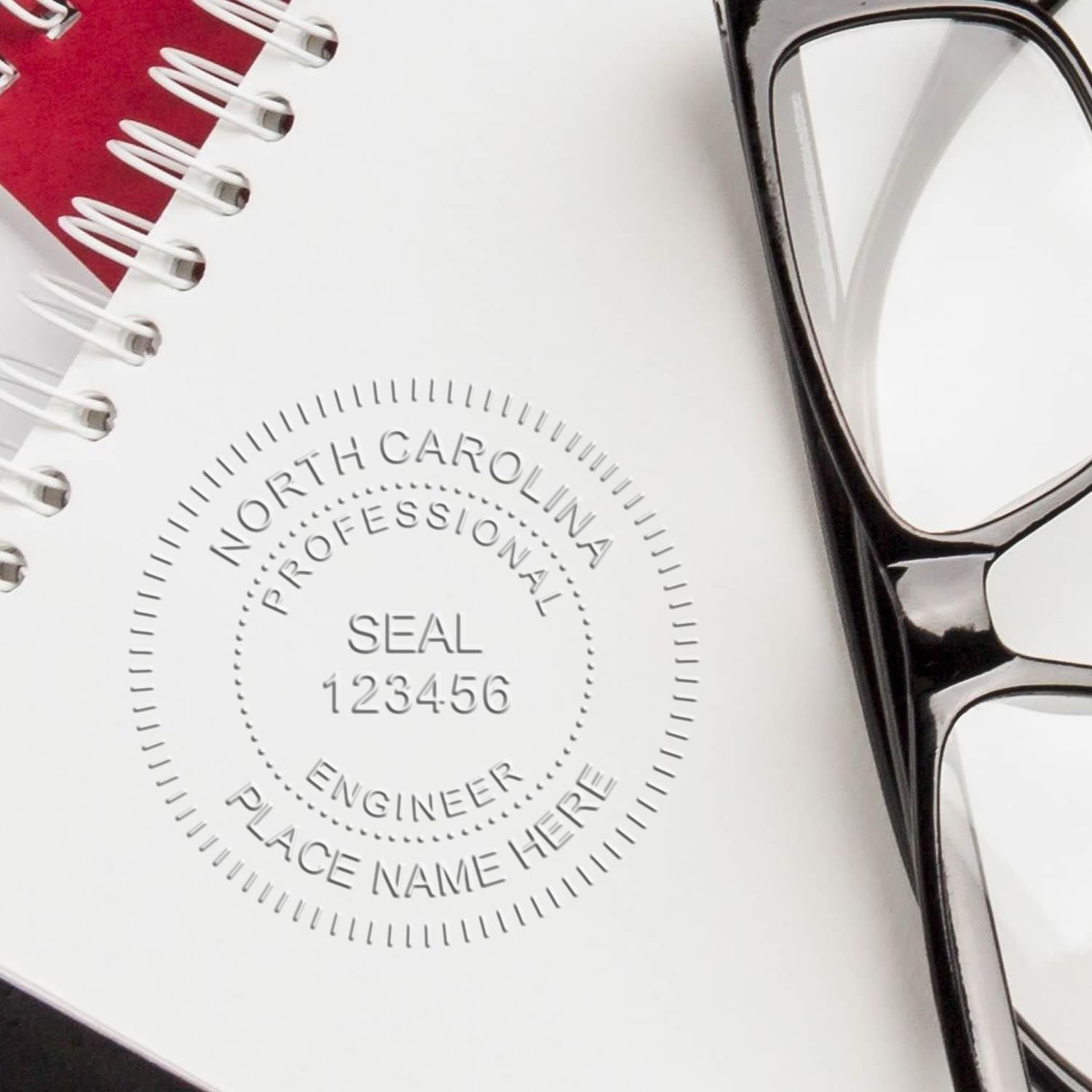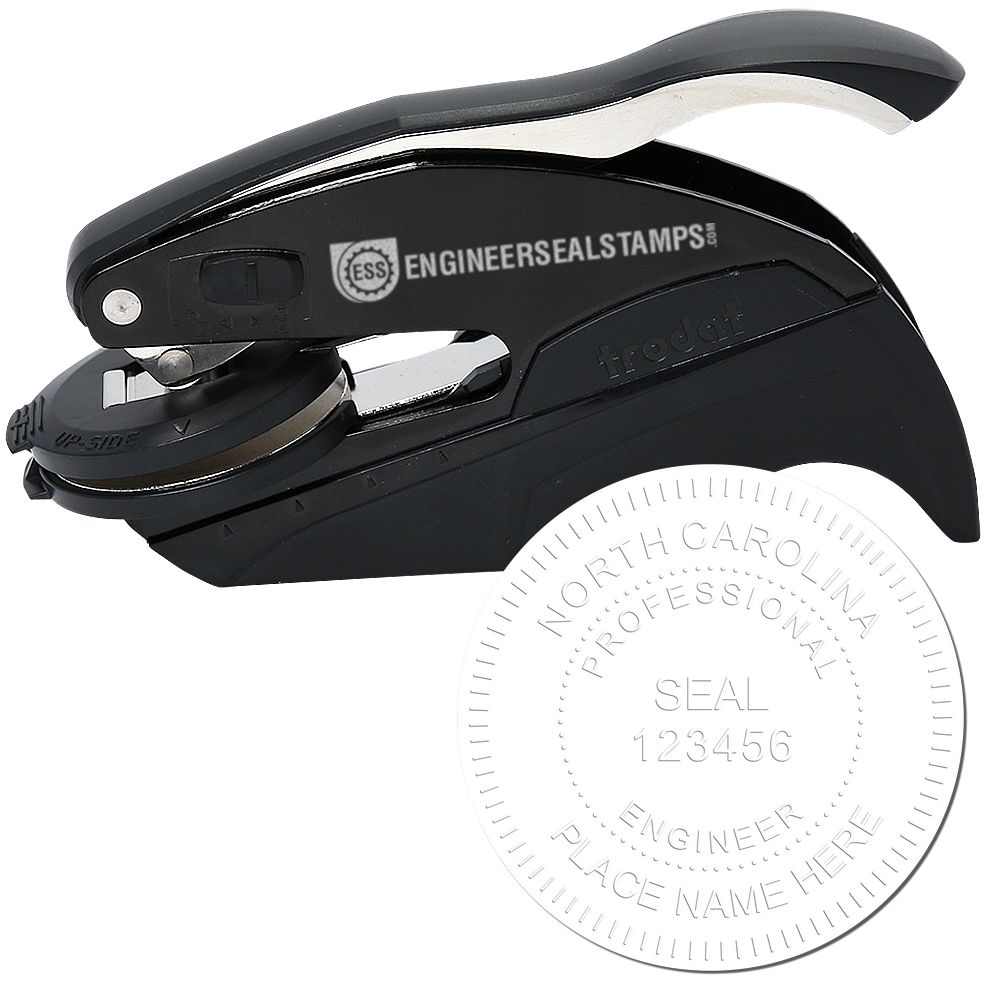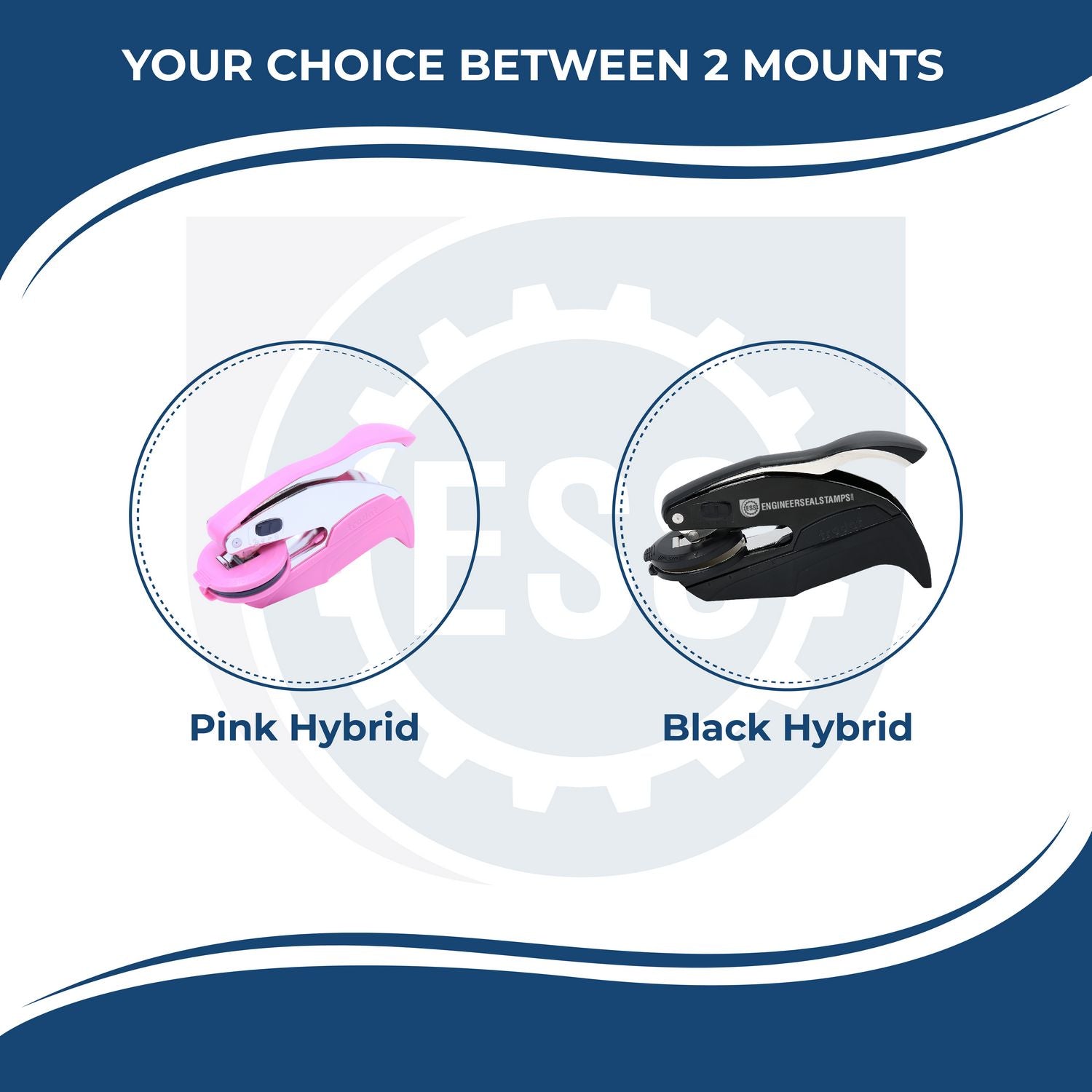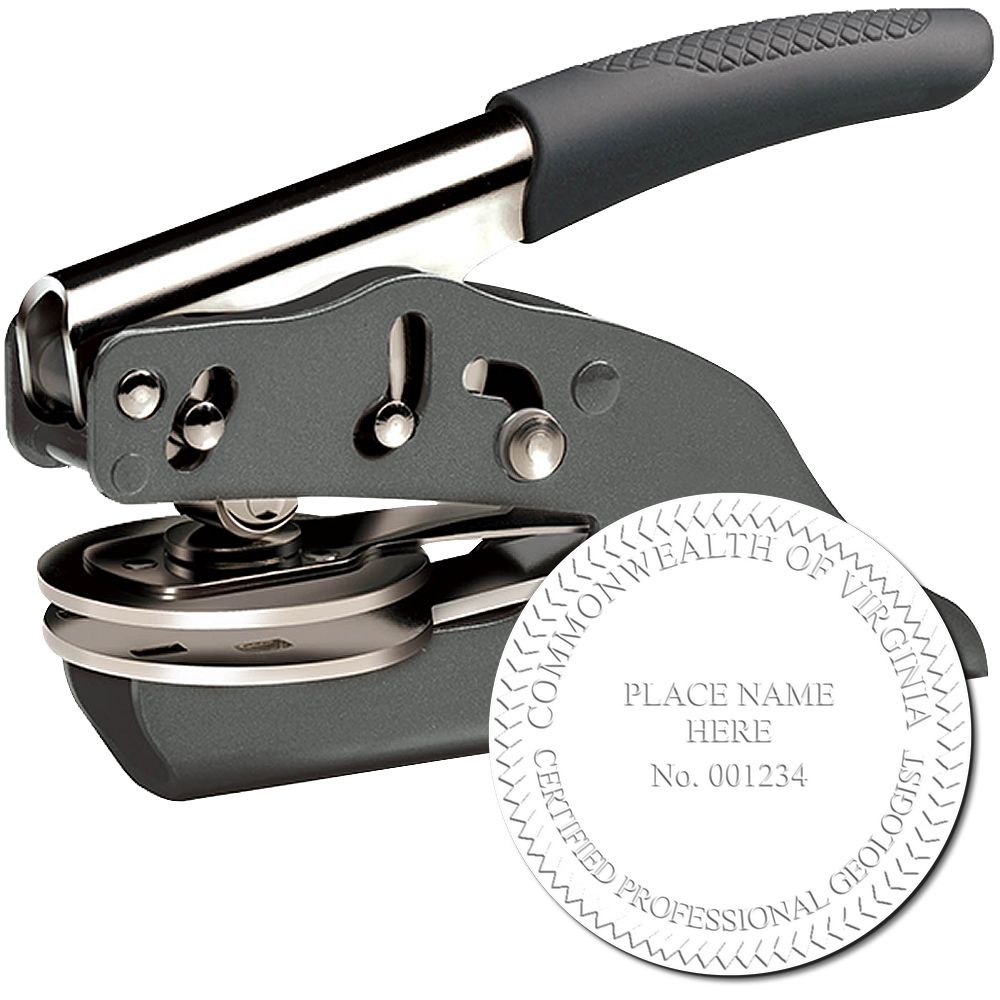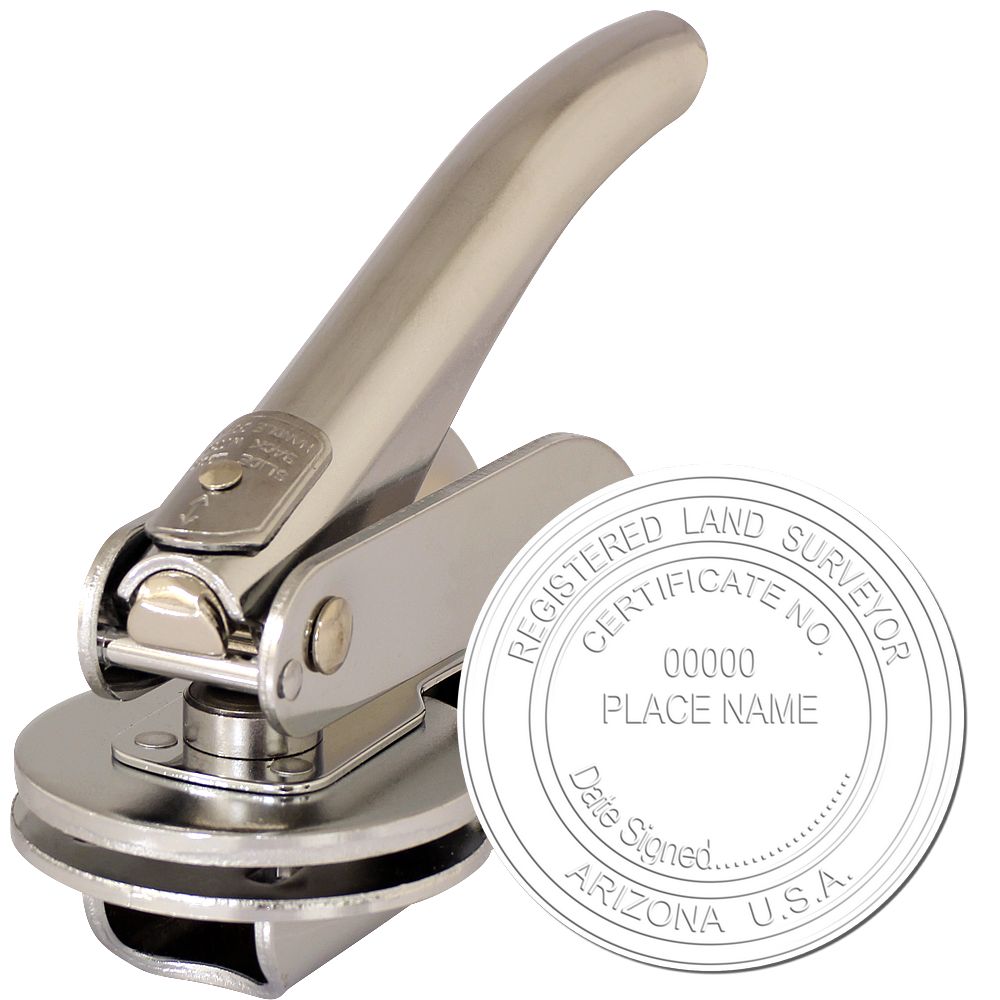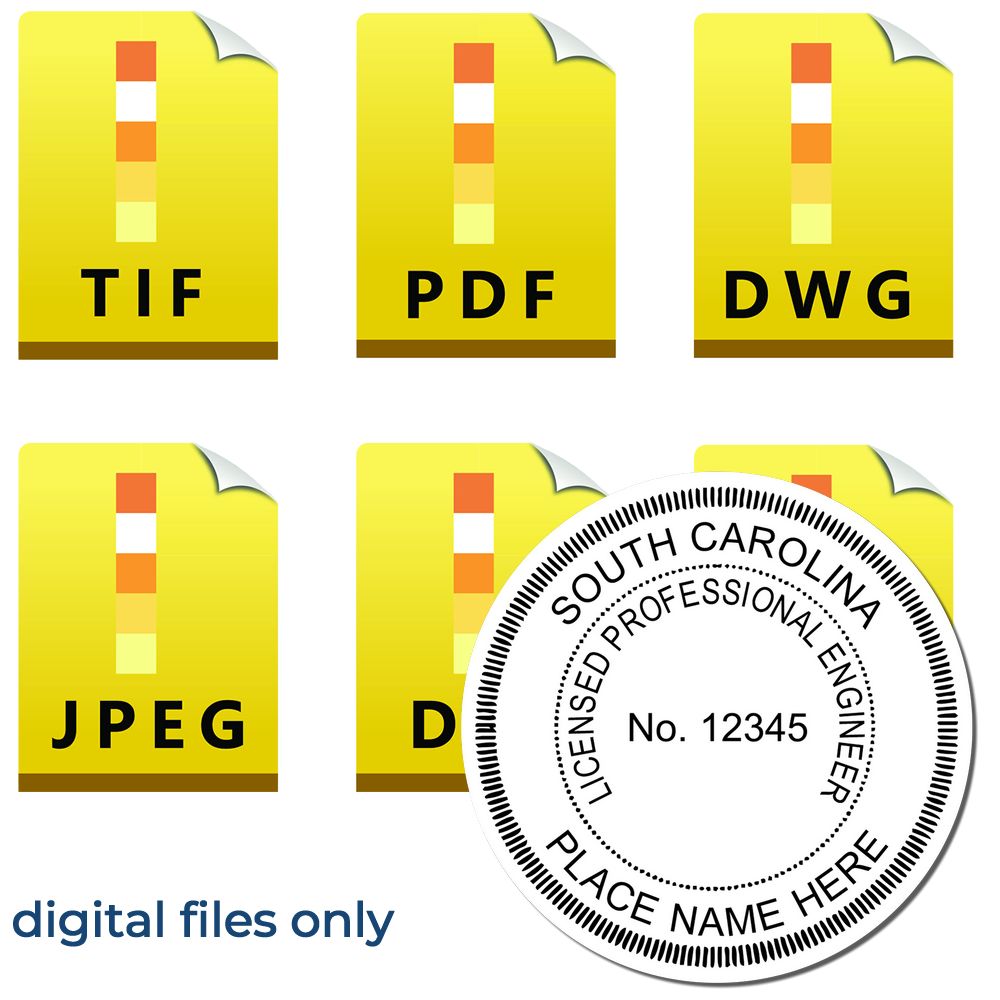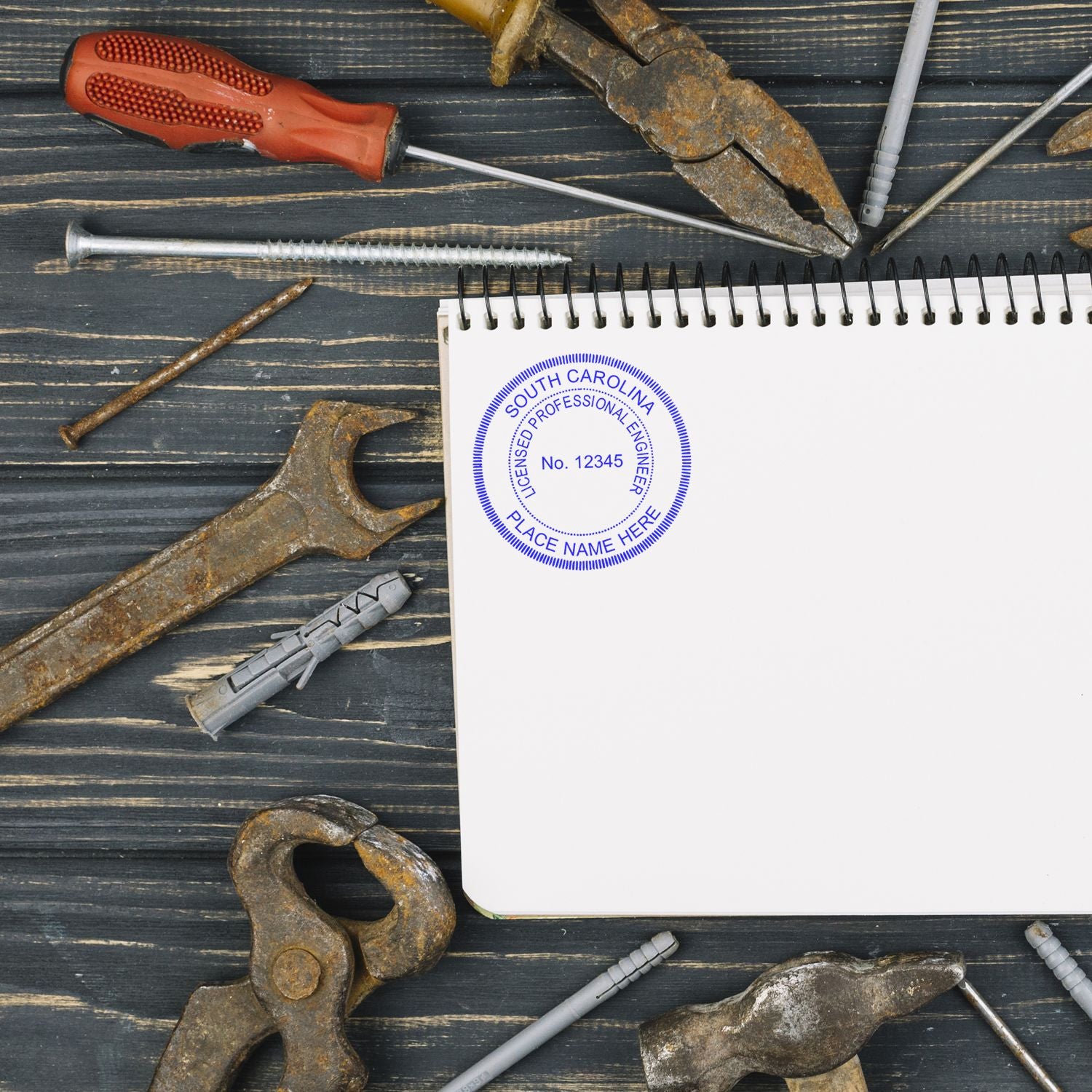Understanding North Carolina Land Surveyor Seals
In the world of land surveying in North Carolina, land surveyor seals play a crucial role in establishing the authenticity and professionalism of survey documents. These seals serve as official marks that indicate the work of a licensed land surveyor and provide important information about their credentials. Understanding the significance of land surveyor seals and the requirements set by the state is essential for North Carolina land surveyors.
The Importance of Land Surveyor Seals
Land surveyor seals are not just decorative elements; they hold legal and professional significance. These seals serve as an official certification of a land surveyor's work and are used to authenticate survey documents such as plats, boundary surveys, and topographic maps. The seal signifies that the surveyor is licensed by the North Carolina Board of Examiners for Engineers and Surveyors and has met the necessary qualifications to practice land surveying in the state.
By affixing their seal to survey documents, land surveyors take responsibility for the accuracy and quality of their work. It provides confidence to clients, government agencies, and other stakeholders that the survey has been conducted by a qualified professional and meets the required standards.
Overview of North Carolina Land Surveyor Seal Requirements
To ensure consistency and professionalism, the North Carolina Board of Examiners for Engineers and Surveyors has established specific requirements for land surveyor seals. These requirements outline the design, content, and size specifications of the seal.
The North Carolina land surveyor seal typically includes elements such as the surveyor's name, license number, and the words "Registered Land Surveyor." The seal must be circular in shape and adhere to specific size guidelines set by the board.
For detailed information on the specific requirements for North Carolina land surveyor seals, including design guidelines, it is recommended to consult the North Carolina Board of Examiners for Engineers and Surveyors. They can provide the most up-to-date and accurate information regarding the proper design and usage of land surveyor seals in North Carolina.
Understanding the importance and requirements of land surveyor seals in North Carolina is crucial for every licensed land surveyor. By complying with these regulations and utilizing the appropriate seal design, land surveyors can confidently authenticate their work and maintain the professional standards expected in the industry.
Size Requirements for North Carolina Land Surveyor Seals
When it comes to North Carolina land surveyor seals, there are specific legal requirements that dictate the size of the seal. These requirements ensure consistency and standardization across the profession. Additionally, there are several factors that influence the determination of the seal size for North Carolina land surveyors.
Legal Requirements for Seal Size
According to the regulations set by the North Carolina Board of Examiners for Engineers and Surveyors, the size of the seal used by land surveyors must meet certain specifications. The seal should have a diameter of at least 1 ¾ inches, and the outer edge of the seal must contain the words "North Carolina" and "Registered Land Surveyor." The inner portion of the seal should include the licensee's name, license number, and the words "Professional Land Surveyor."
By adhering to these legal requirements, land surveyors ensure that their seals are legally valid and meet the necessary standards set by the state regulatory body. It is essential for land surveyors to be aware of these requirements when purchasing their North Carolina land surveyor seal. For more detailed information on the specific design elements of the seal, refer to our article on North Carolina land surveyor seal requirements.
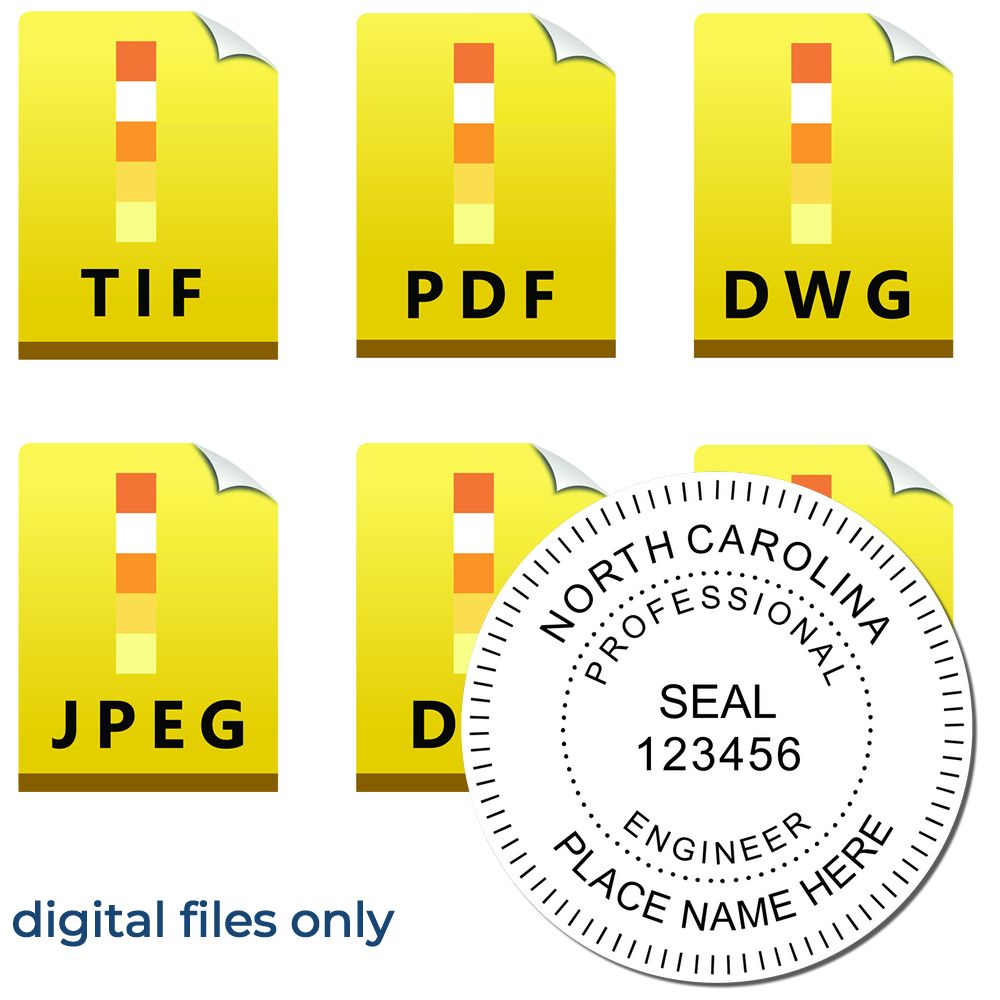
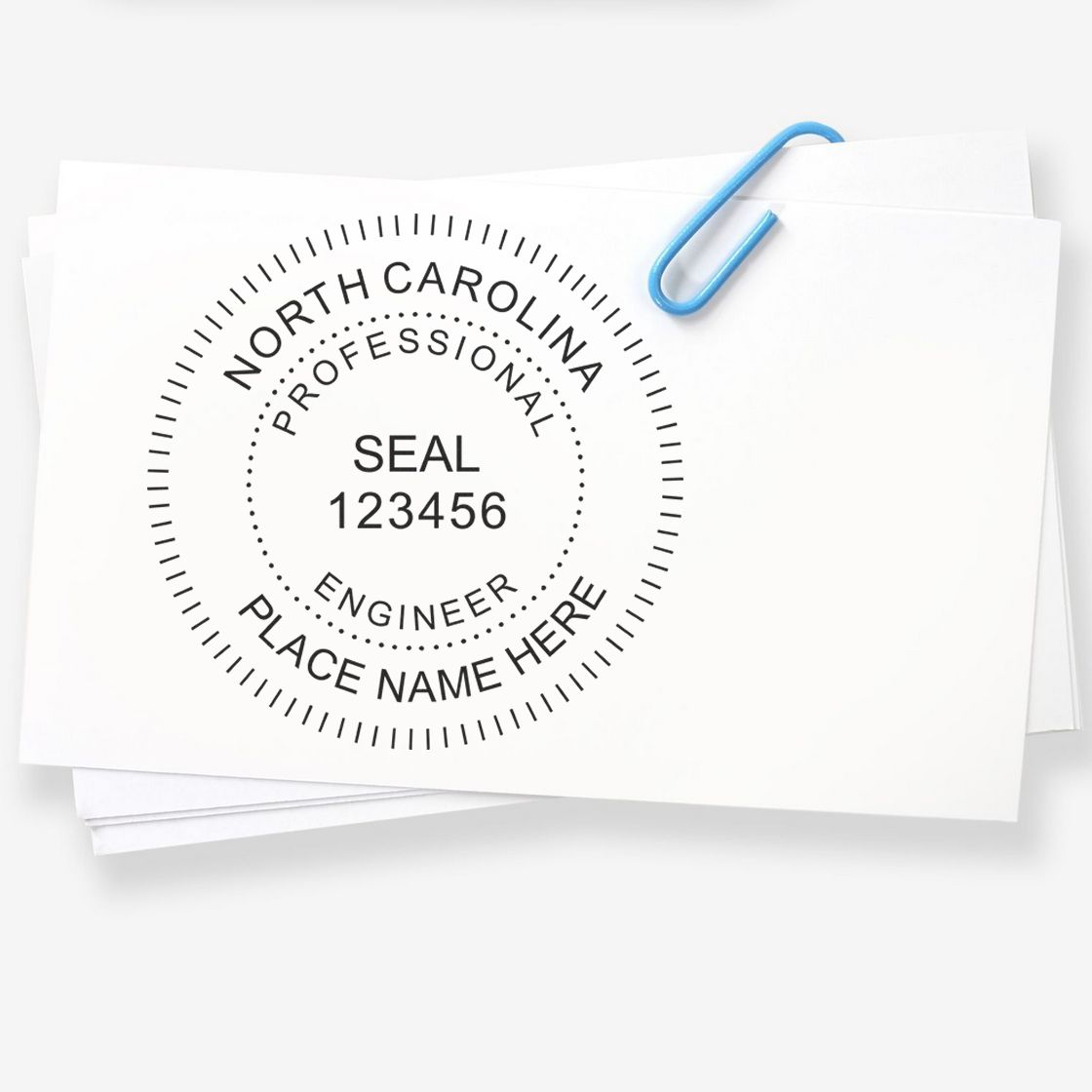
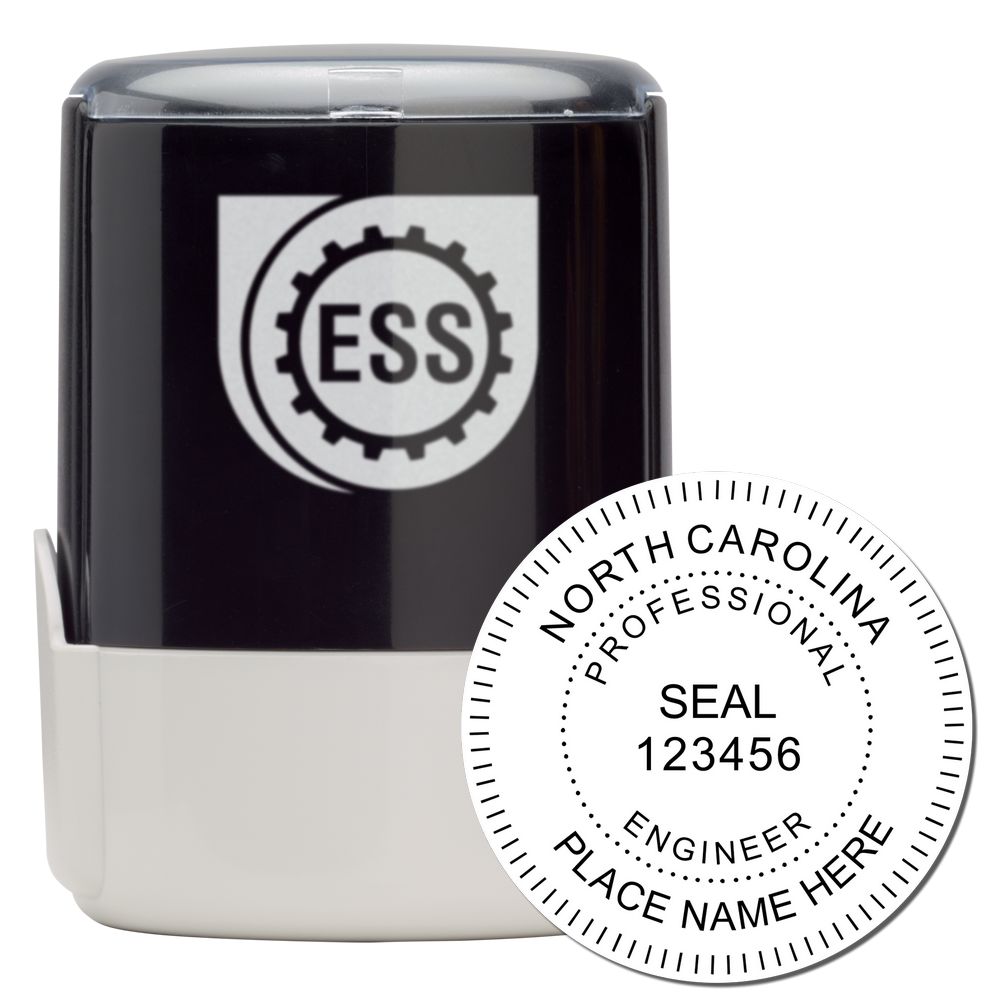
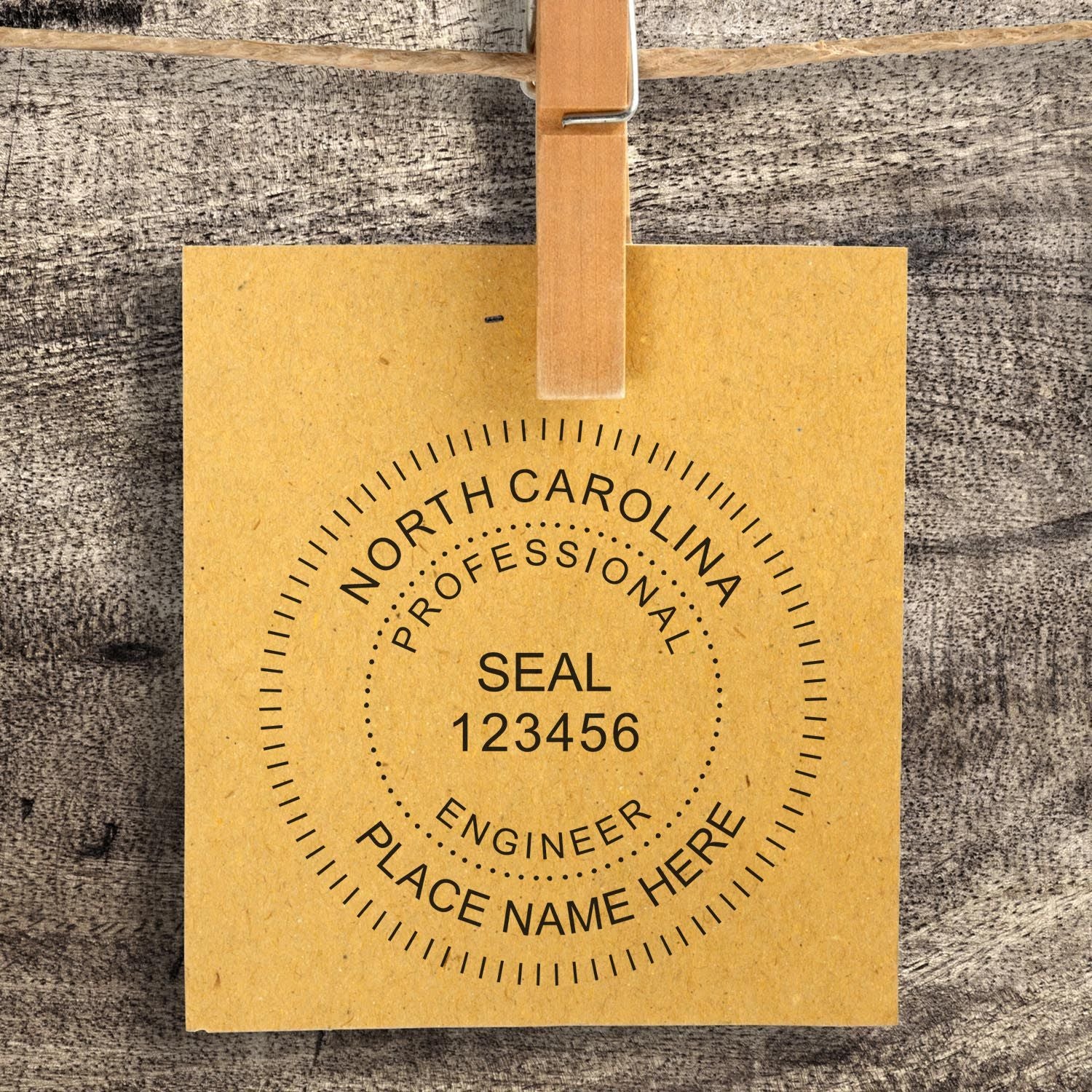
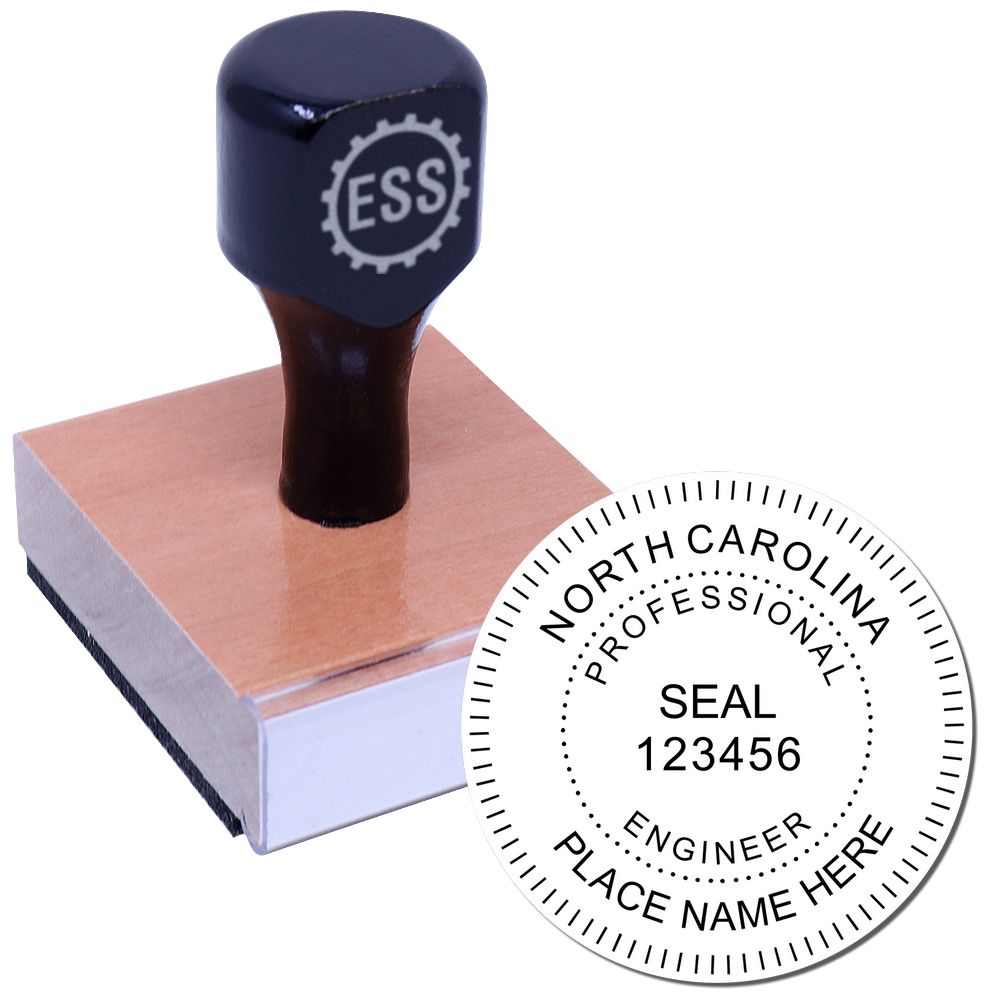
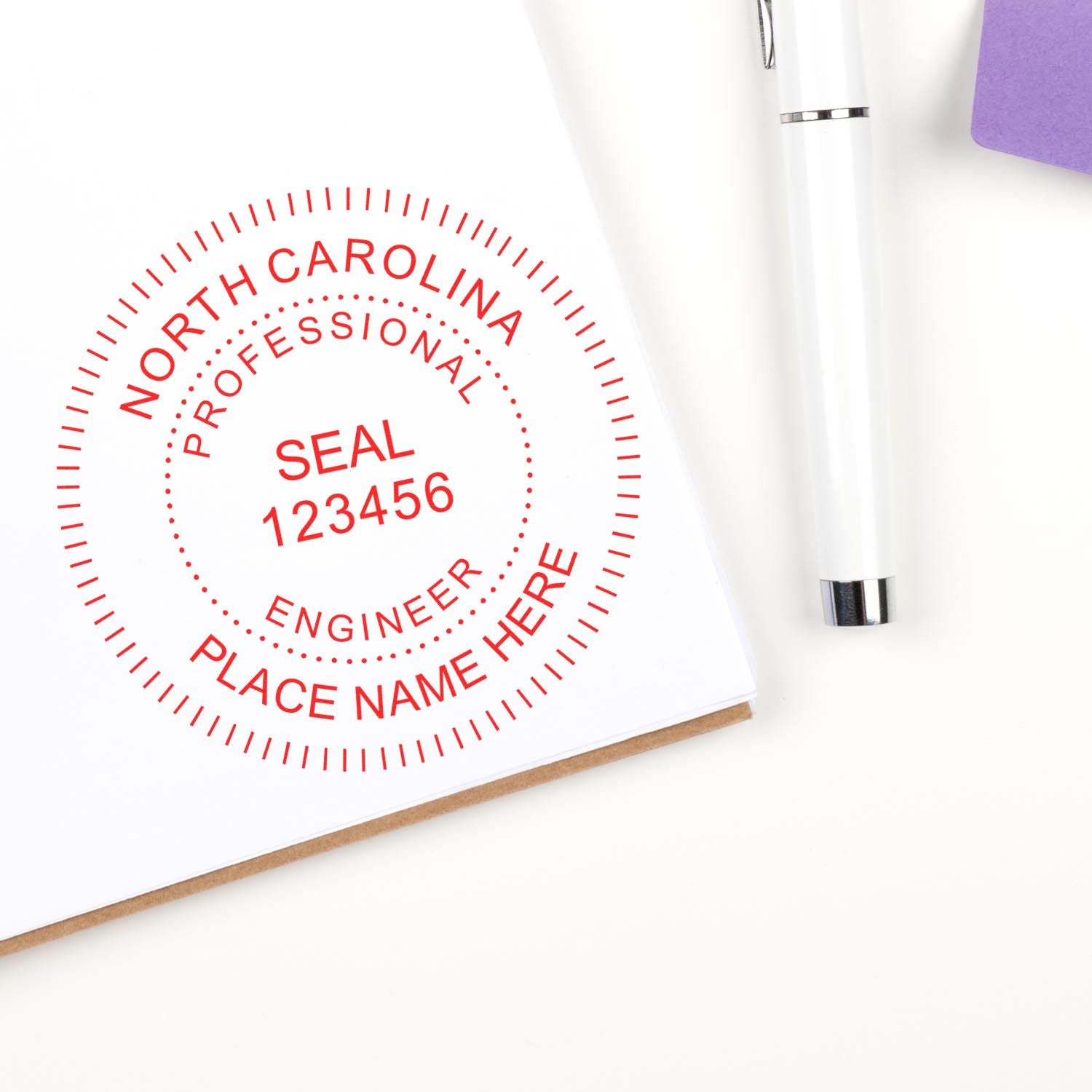
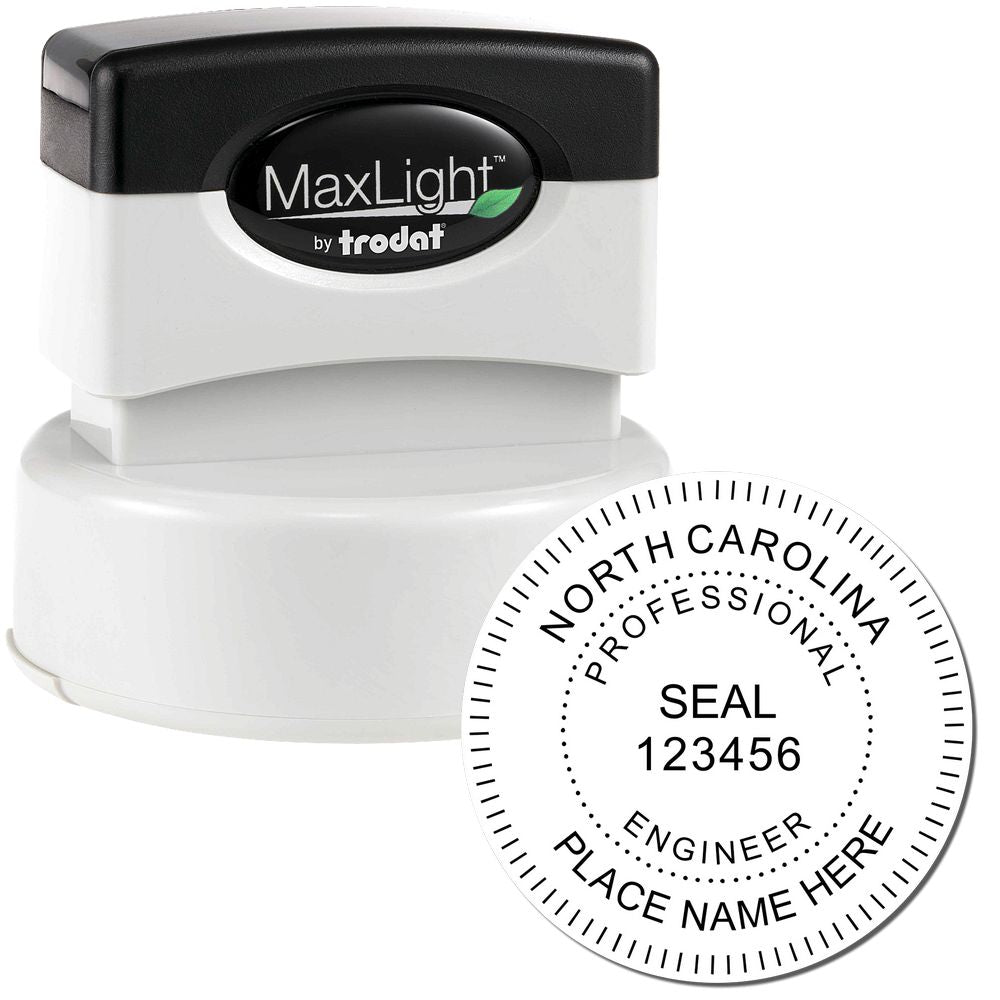
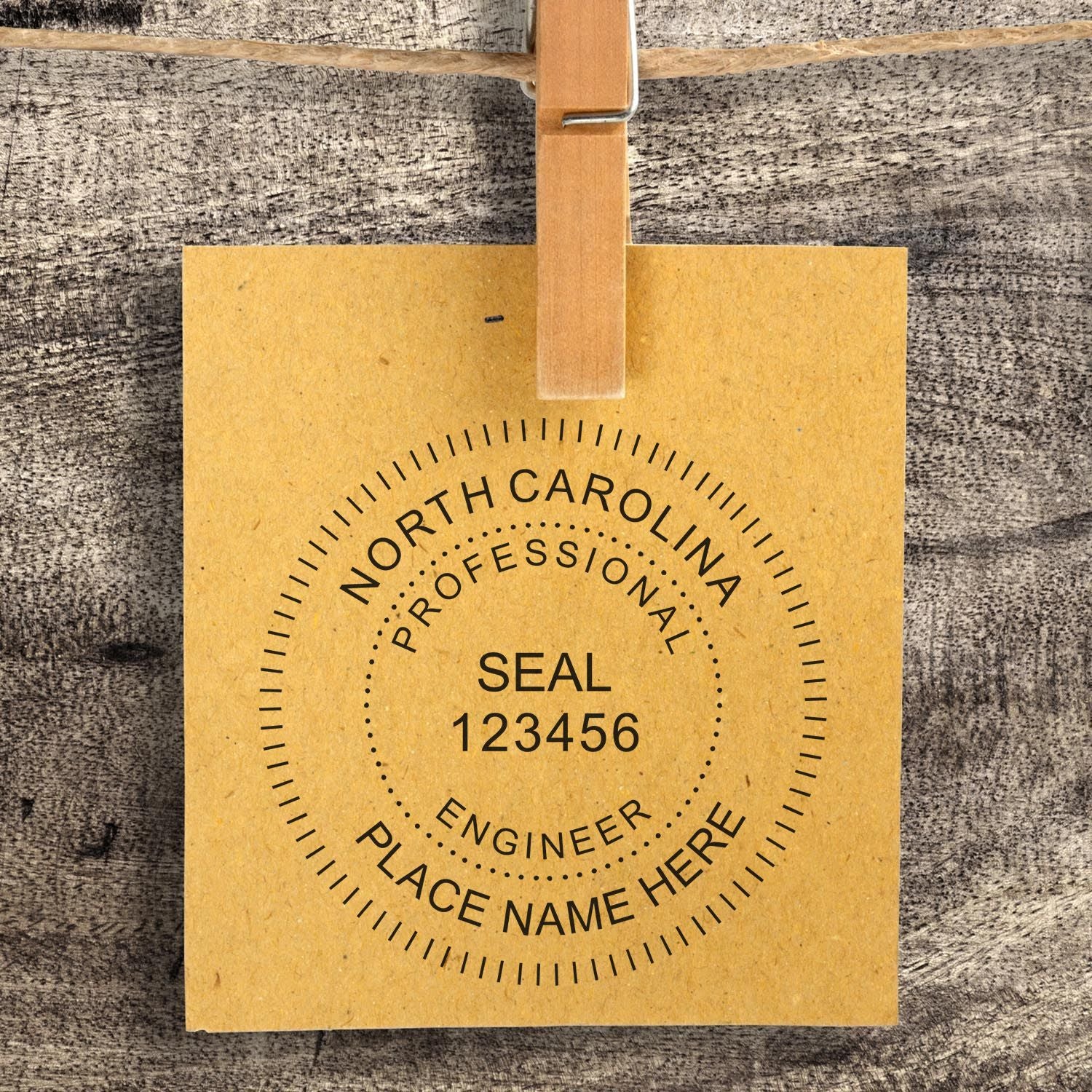
Factors Influencing Seal Size Determination
While the legal requirements provide a baseline for the size of the seal, there are additional factors that can influence the determination of the seal size for North Carolina land surveyors. These factors include legibility, practicality, and recognition.
Land surveyors should consider the legibility of the seal when selecting its size. The information on the seal, such as the licensee's name and license number, should be clearly visible and easy to read. A seal that is too small may result in illegible text, which can cause issues with document authentication.
Practicality is another important aspect to consider. The seal should be portable and easily transferable onto various documents and surfaces. It should fit comfortably within the designated spaces on plans, maps, and other surveying documents. A seal that is too large may be cumbersome to work with and may not fit properly on smaller documents.
Recognition is a key factor when it comes to the effectiveness of a land surveyor's seal. The seal should be distinctive and easily recognizable as the official seal of a registered North Carolina land surveyor. This ensures that the seal carries the necessary weight and authority required for the profession.
By taking into account these factors, land surveyors can make an informed decision about the appropriate size of their North Carolina land surveyor seal. It is advisable to consult with the North Carolina Board of Examiners for Engineers and Surveyors to ensure compliance with all guidelines. For more information on seal design considerations, refer to our article on North Carolina land surveyor stamp design.
North Carolina Board of Examiners for Engineers and Surveyors Guidelines
When it comes to the size of a North Carolina land surveyor seal, the North Carolina Board of Examiners for Engineers and Surveyors provides guidelines and requirements to ensure consistency and professionalism in the industry. These guidelines encompass both the seal size and additional considerations for seal design.
Guidelines for Seal Size
The North Carolina Board of Examiners for Engineers and Surveyors has established specific guidelines for the size of a land surveyor seal. According to these guidelines, the minimum size of the seal should be no smaller than 1 1/2 inches in diameter. This ensures that the seal is legible and recognizable when affixed to documents, such as survey plans and reports.
While the minimum size is specified, the guidelines do not impose a maximum size for the seal. However, it is important to consider practicality and portability when selecting the size of the seal. A seal that is too large may be cumbersome to handle and may not fit easily on smaller documents or in designated spaces.
Additional Considerations for Seal Design
In addition to the size requirements, the North Carolina Board of Examiners for Engineers and Surveyors also provides guidance on other aspects of seal design. These considerations include the inclusion of essential information, such as the licensee's name, license number, and the words "Professional Land Surveyor."
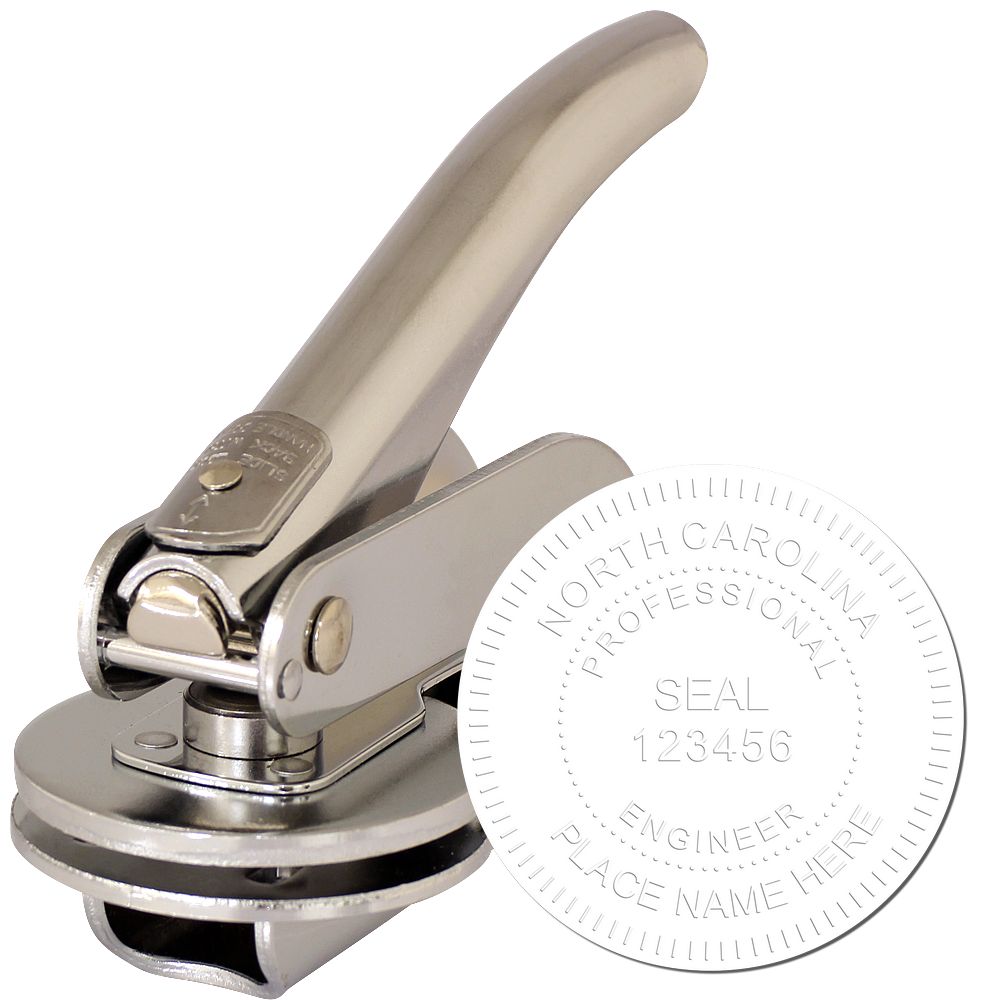
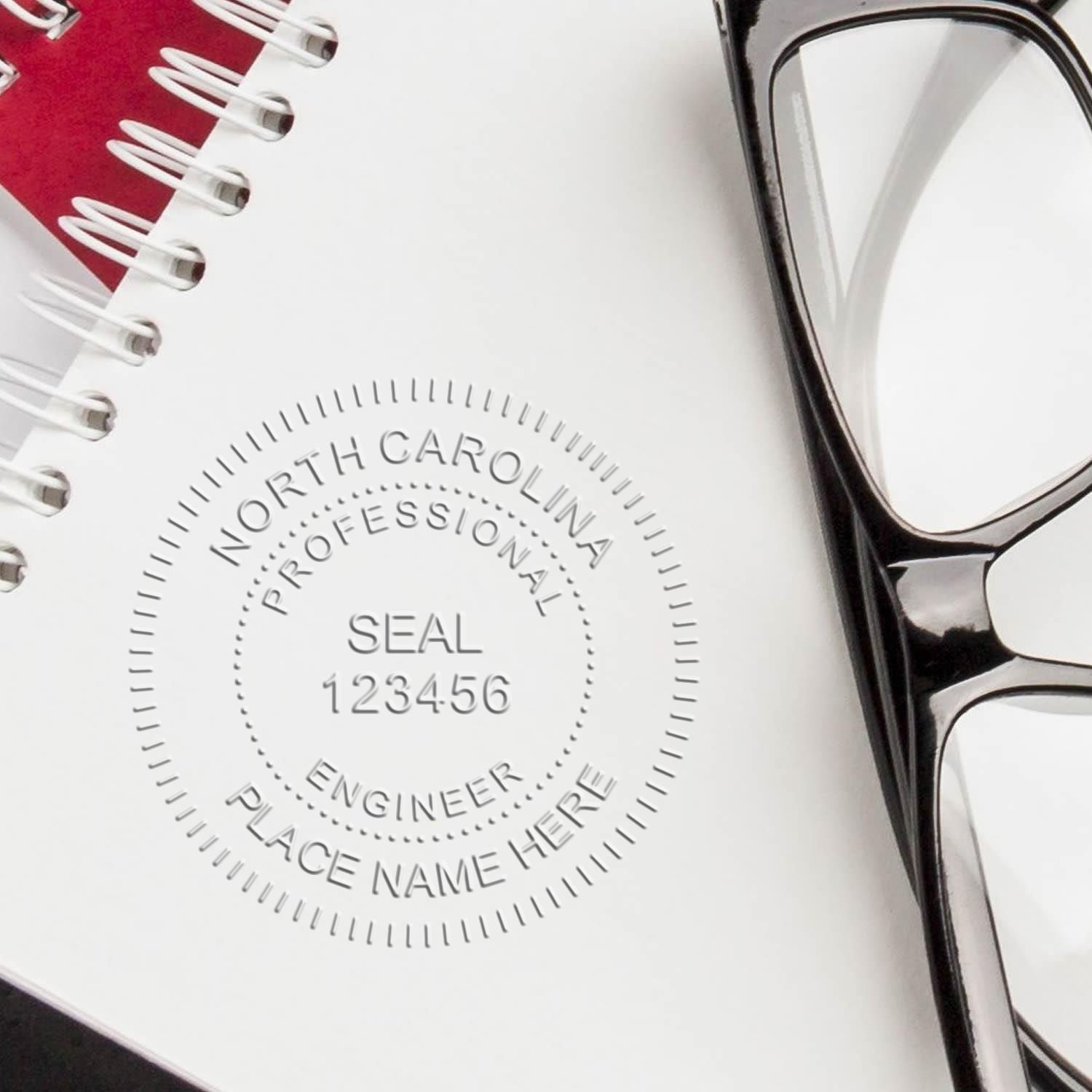


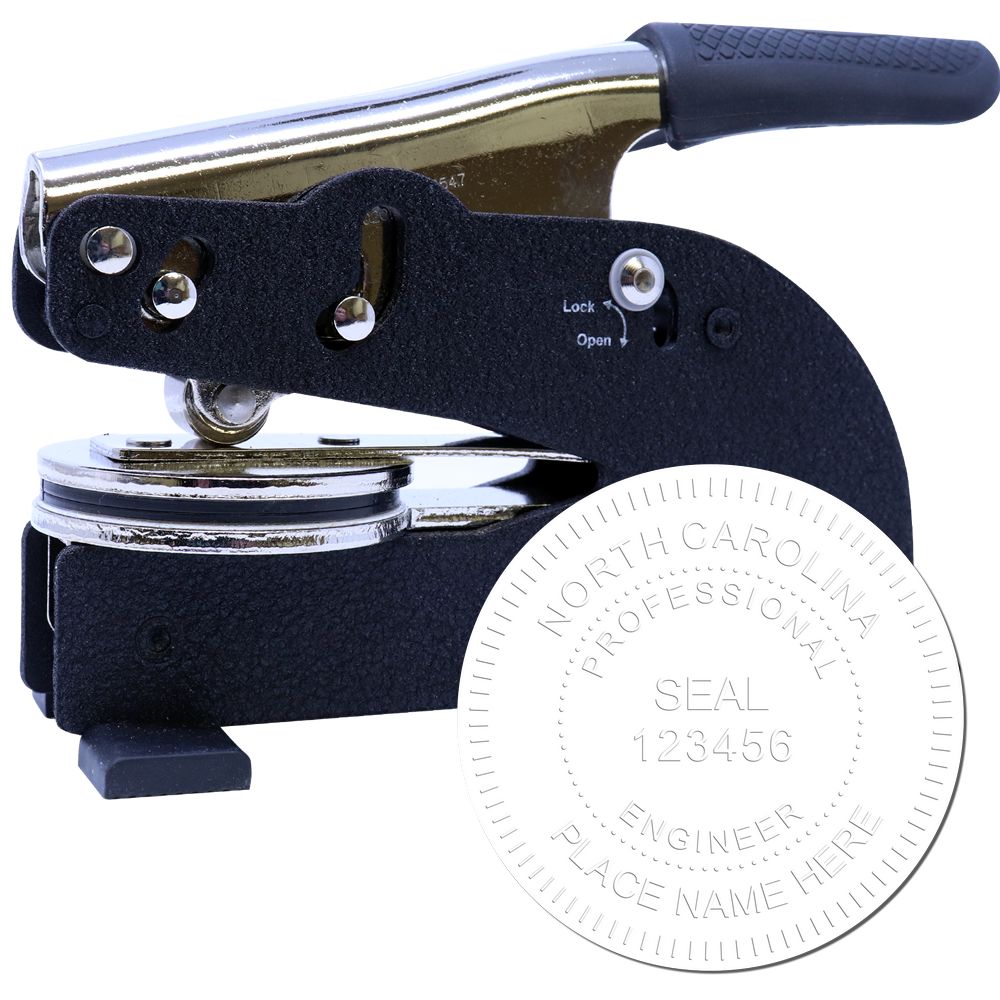
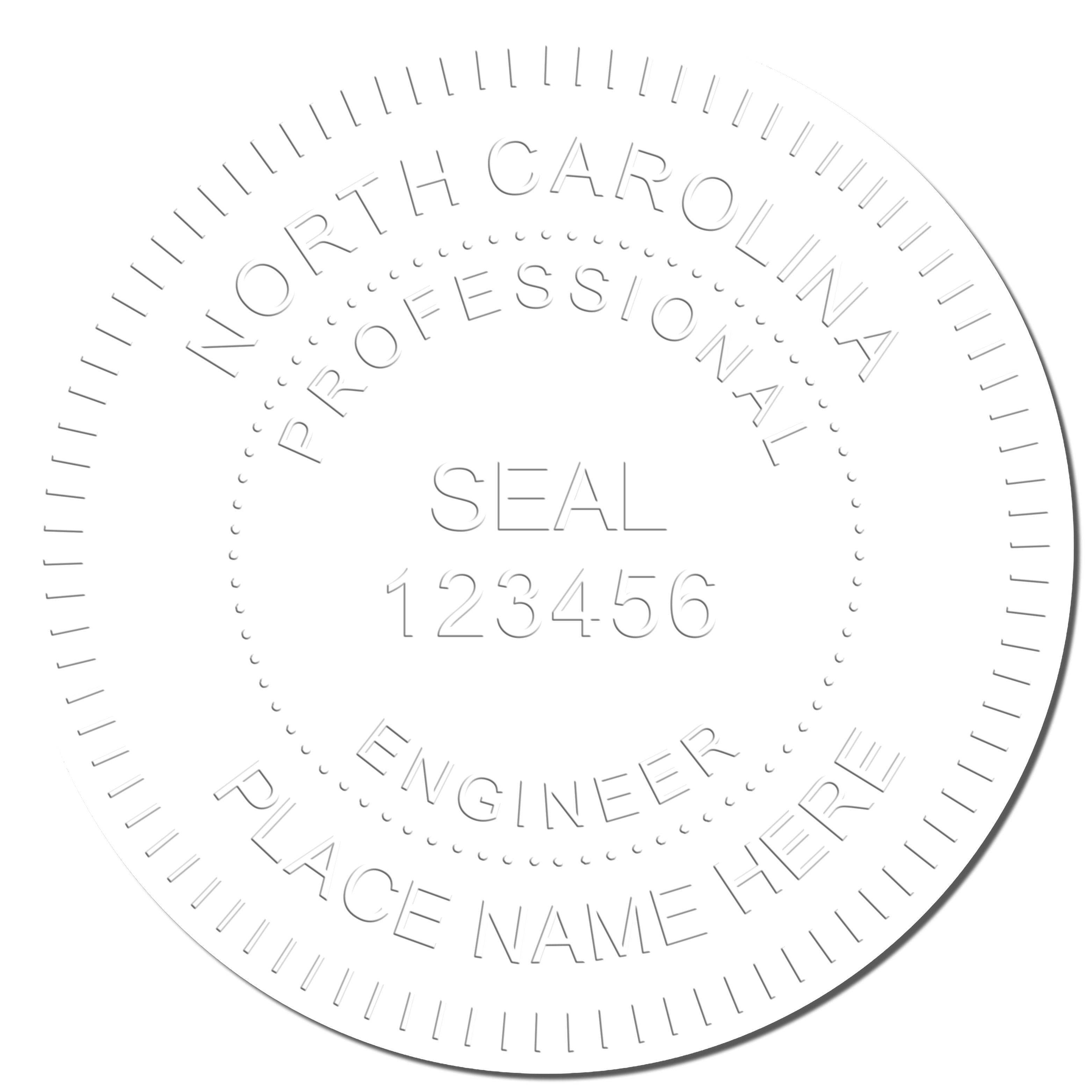
It is important to ensure that the design of the seal is clear, legible, and visually appealing. The font size and style should be chosen carefully to ensure readability, especially when the seal is reduced in size on certain documents. The use of appropriate spacing and alignment is also crucial to maintain a professional appearance.
When designing the seal, it is recommended to consult the guidelines provided by the North Carolina Board of Examiners for Engineers and Surveyors to ensure compliance with all requirements. This will help ensure that the seal meets the necessary standards and reflects the professionalism of the North Carolina land surveyor.
When obtaining a North Carolina land surveyor seal, it is essential to consider both the size requirements and the additional design considerations outlined by the North Carolina Board of Examiners for Engineers and Surveyors. By adhering to these guidelines, surveyors can ensure that their seals meet the necessary standards and contribute to the professional image of the industry. For more information on North Carolina land surveyor seal requirements, visit our article on north carolina land surveyor seal requirements.
Implications of Seal Size
When it comes to the size of a North Carolina land surveyor seal, there are important implications to consider. The size of the seal directly affects its legibility, recognition, and practical usage.
Legibility and Recognition
One of the key implications of seal size is its legibility. A properly sized seal ensures that the information contained within it, such as the surveyor's name, license number, and expiration date, is easily readable. A seal that is too small may result in the details being difficult to decipher, potentially causing legal or administrative challenges.
Additionally, the size of the seal can influence its recognition among other professionals, clients, and regulatory bodies. A larger seal often carries more visual impact and may be more easily recognized as an official mark of a licensed North Carolina land surveyor. This can enhance credibility and instill confidence in the surveyor's work.
Practical Considerations for Seal Usage
Practical considerations also come into play when determining the appropriate size of a land surveyor seal. The seal should be large enough to accommodate all required information without compromising its clarity. However, it should not be so large that it becomes impractical to handle or carry.
Surveyors often need to affix their seal on various documents, including maps, reports, and drawings. A seal that is too large may hinder the surveyor's ability to properly imprint it on these documents, potentially affecting their legal validity. On the other hand, a seal that is too small may be easily overlooked or mistaken for a less important mark.
To strike the right balance, it is important for North Carolina land surveyors to carefully consider the guidelines provided by the North Carolina Board of Examiners for Engineers and Surveyors. These guidelines offer insights into the appropriate size and design of the seal, ensuring compliance with regulatory requirements while considering practical usage.
By considering both legibility and practicality, surveyors can select a seal size that meets the necessary requirements and effectively represents their professional identity. It is advisable to consult with the North Carolina Board of Examiners for Engineers and Surveyors for any specific queries or concerns related to seal size, as they can provide valuable guidance based on their expertise and experience.


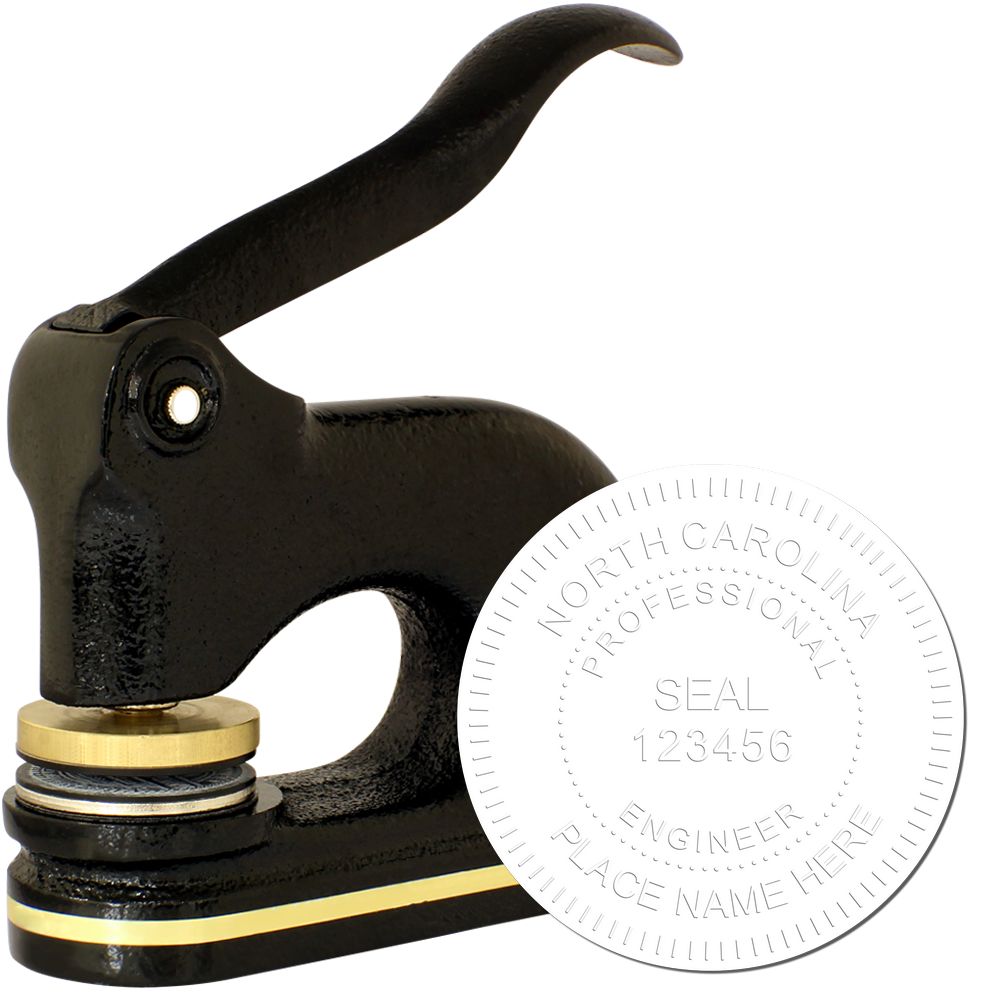

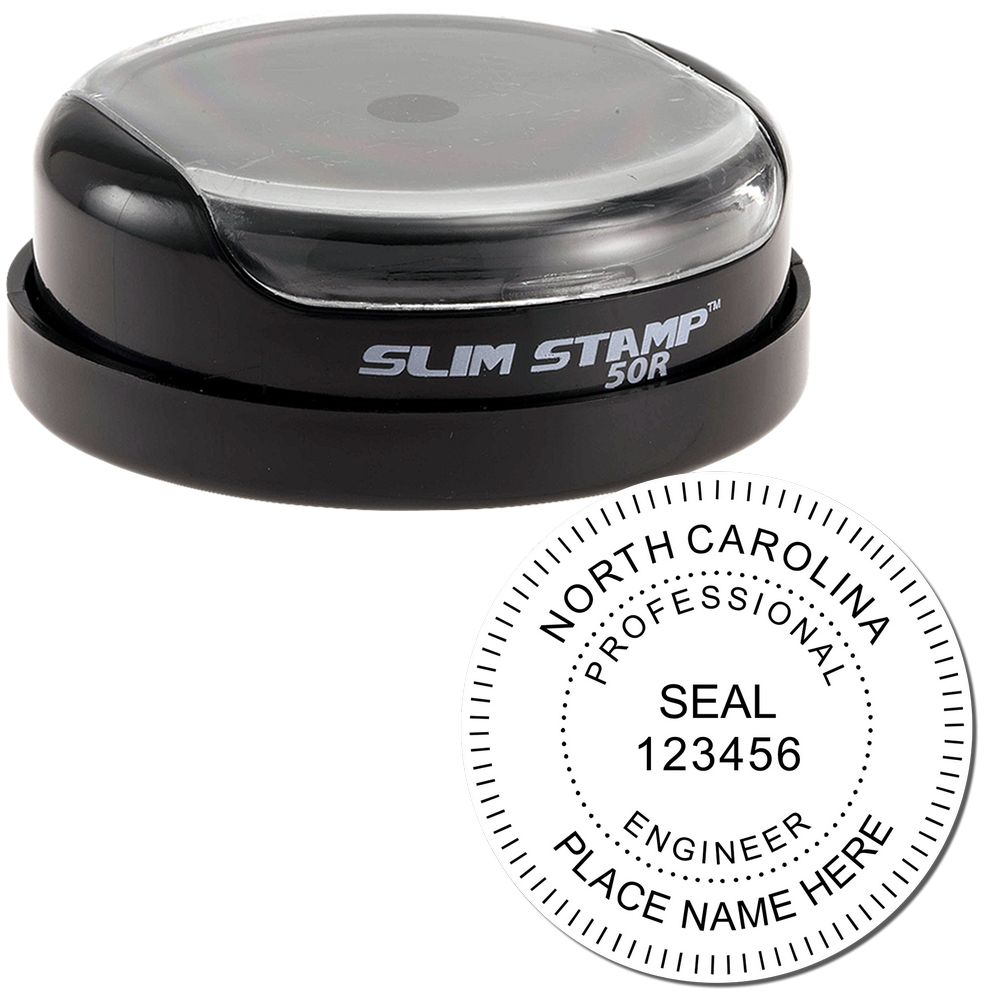
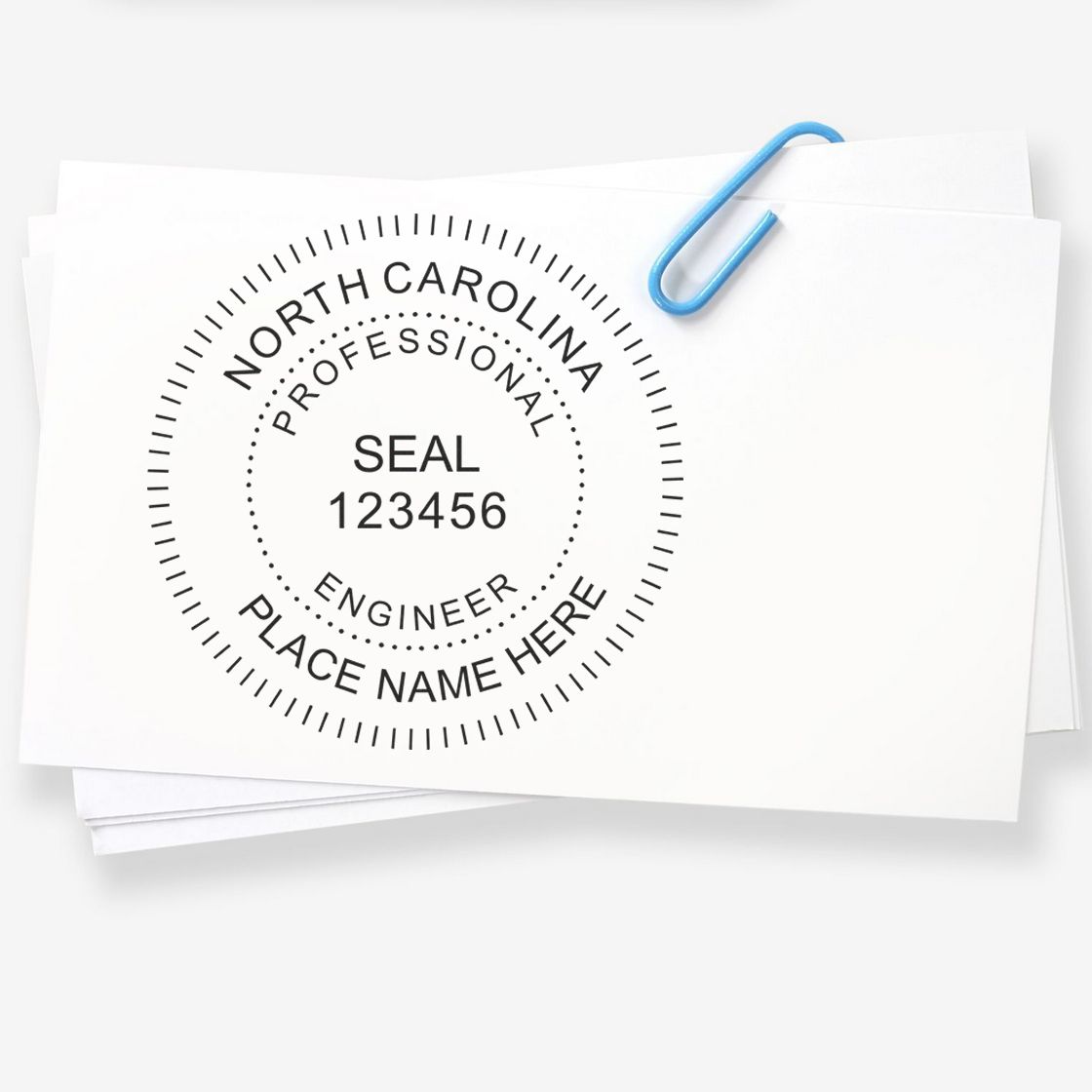
Selecting the Right Seal Size
When it comes to selecting the appropriate size for a North Carolina land surveyor seal, it is essential to consider various factors. Consulting with the North Carolina Board of Examiners for Engineers and Surveyors and considering practical use and portability are two key considerations.
Consulting with the North Carolina Board of Examiners for Engineers and Surveyors
The North Carolina Board of Examiners for Engineers and Surveyors is responsible for establishing guidelines and regulations related to land surveying practices in the state. They provide valuable guidance on the requirements for North Carolina land surveyor seals. When determining the size of the seal, it is highly recommended to consult with the Board to ensure compliance with their guidelines. They can offer specific information and answer any questions you may have regarding seal size.
For more information on the requirements for North Carolina land surveyor seals, refer to our article on north carolina land surveyor seal requirements.
Considerations for Practical Use and Portability
In addition to the guidelines provided by the North Carolina Board of Examiners for Engineers and Surveyors, practical considerations are crucial when selecting the size of a land surveyor seal. The seal should be easily legible and recognizable when affixed to documents without compromising the clarity of the information it contains.
Moreover, portability is another aspect to consider. The seal should be compact enough to conveniently carry and store. It should not hinder the ease of use or cause any inconvenience during fieldwork or when working with various document sizes.
By carefully considering the practical aspects of seal use and portability, you can ensure that the chosen seal size meets your professional needs while adhering to the established guidelines.
Keep in mind that the design of a North Carolina land surveyor seal also plays a role in its effectiveness and recognition. To learn more about designing a professional surveyor stamp in North Carolina, refer to our article on north carolina land surveyor stamp design.
Remember, selecting the right size for a North Carolina land surveyor seal is crucial for maintaining compliance with regulations while ensuring practicality and ease of use. By consulting with the North Carolina Board of Examiners for Engineers and Surveyors and considering practical factors, you can make an informed decision that meets both your professional requirements and the established guidelines.
About ESS
At Engineer Seal Stamps (ESS), we aren't just makers; we're dedicated craftsmen passionate about bringing precision to your fingertips. Specializing in the creation of custom rubber stamps, professional seals, and notary stamps, our expertise is underpinned by a steadfast commitment to stellar customer service. Every ESS product isn't just a tool, but a promise—backed by our state board guarantee, ensuring that each seal and stamp you receive from us is of impeccable standard. Our dedication extends beyond the product; we pride ourselves on being responsive, attentive, and always in tune with our customers' needs. Choose ESS, where excellence meets assurance, and every impression counts.

